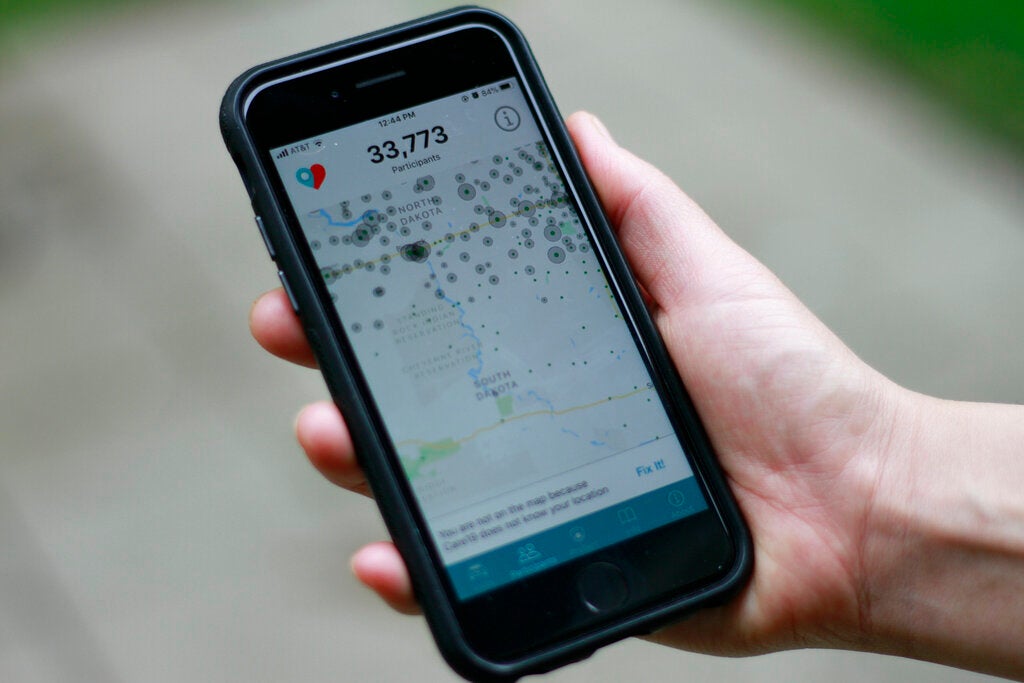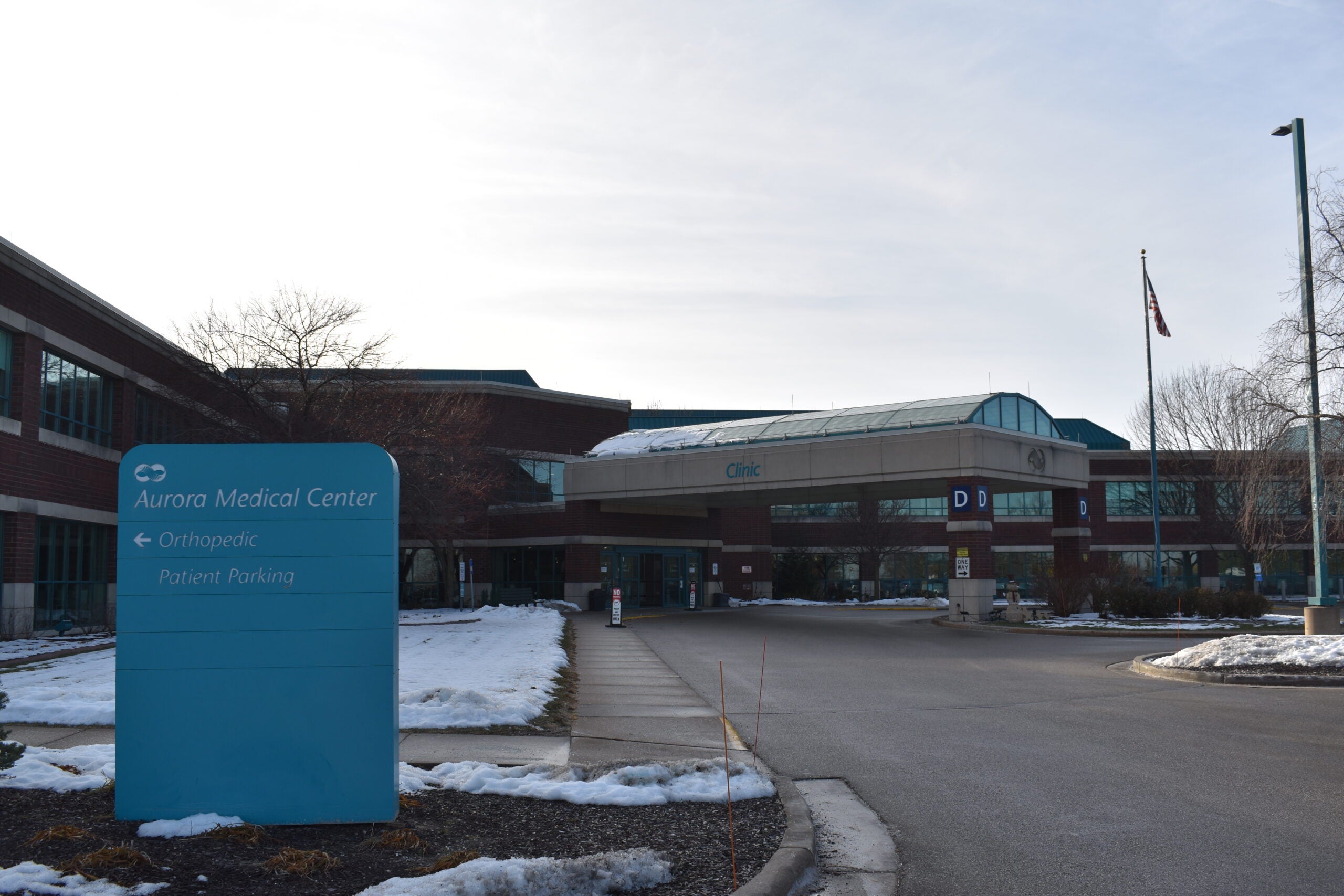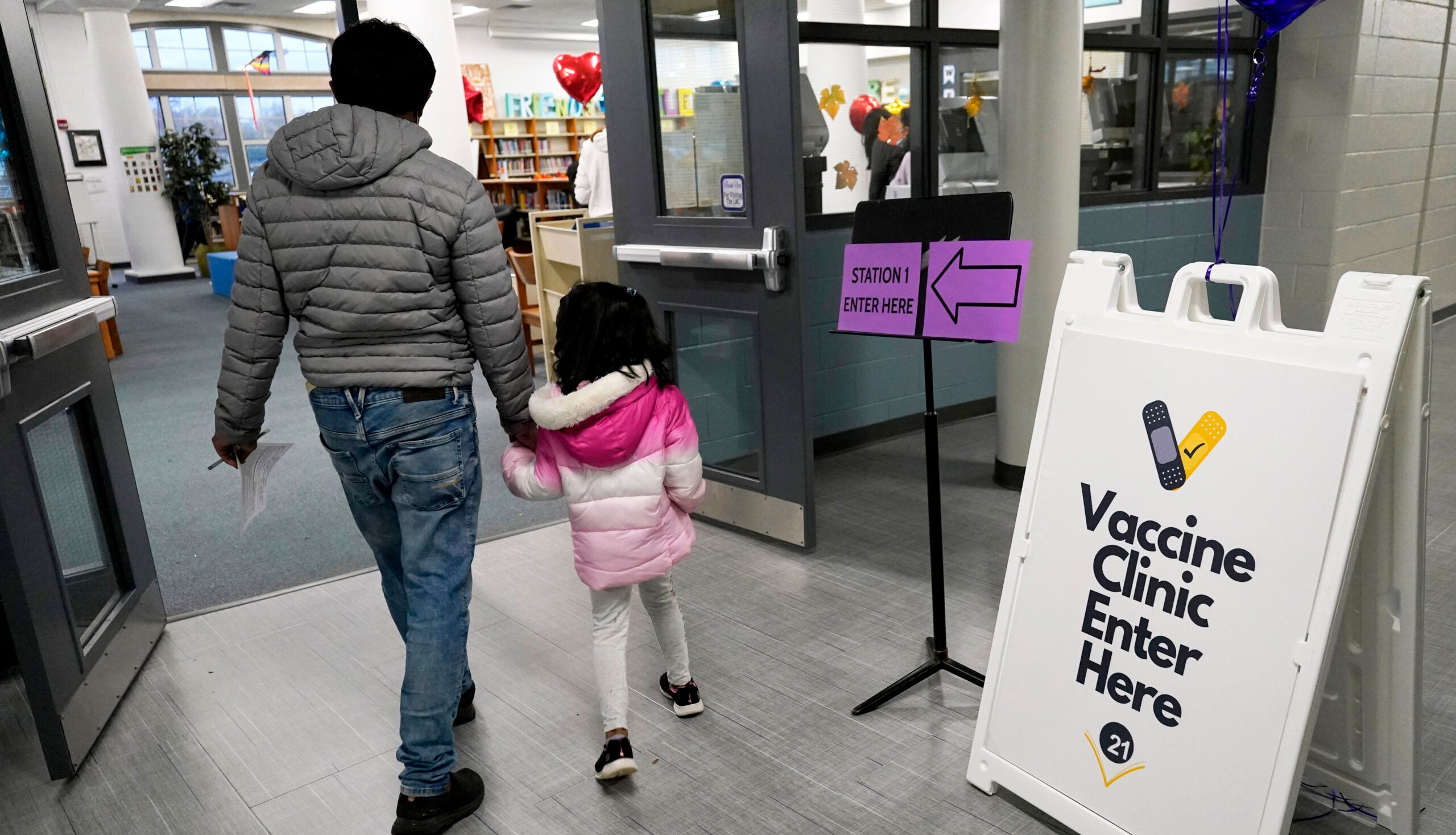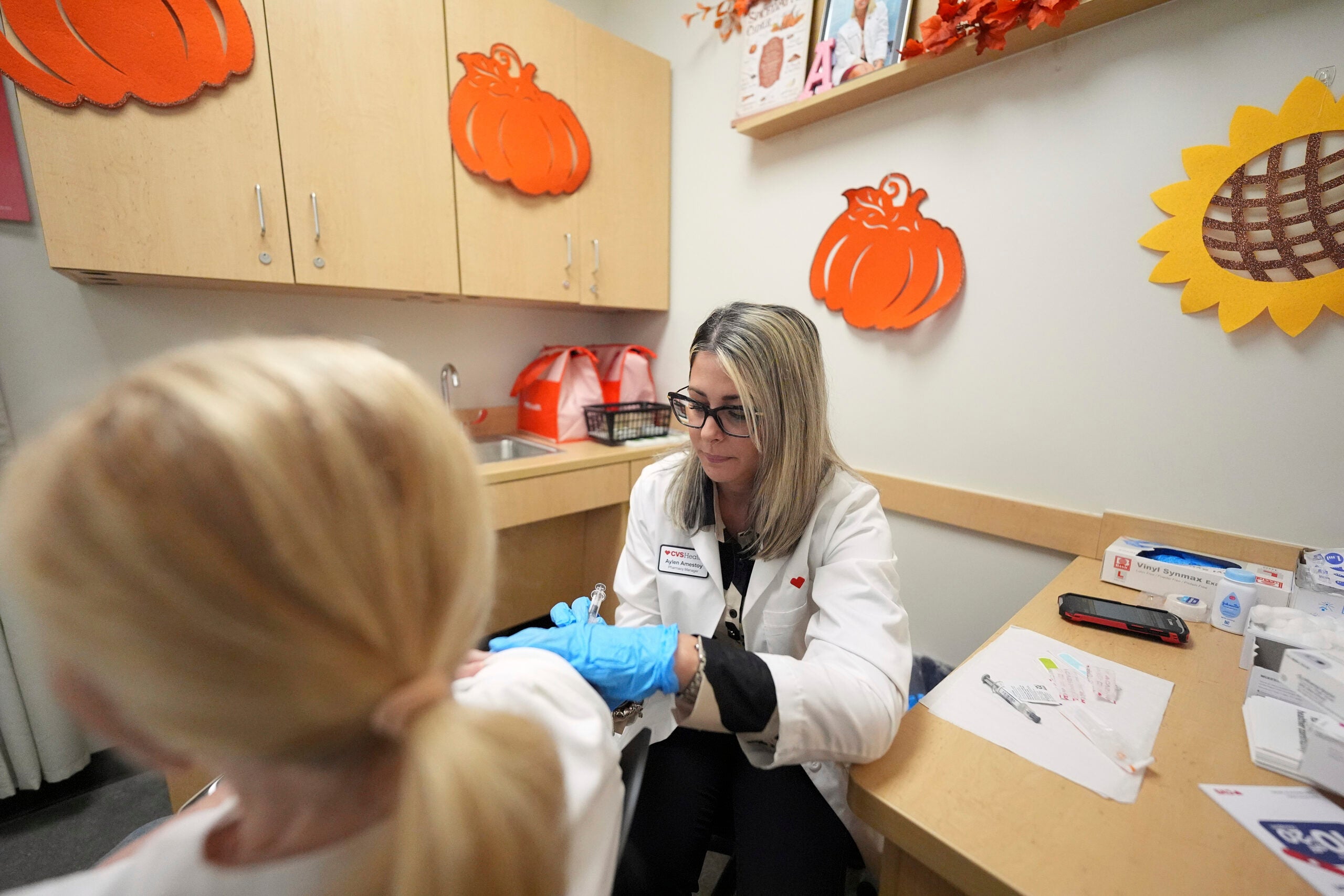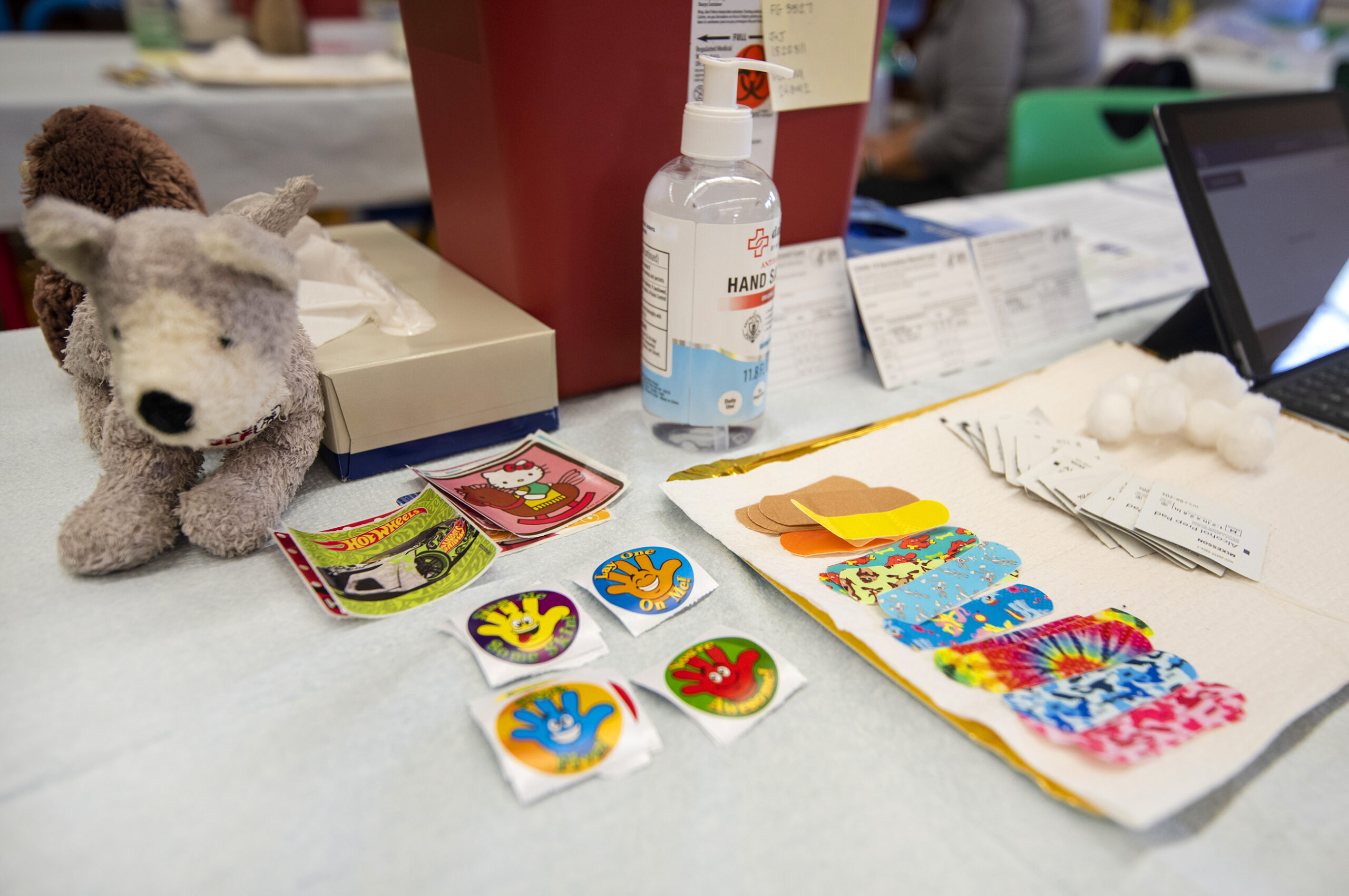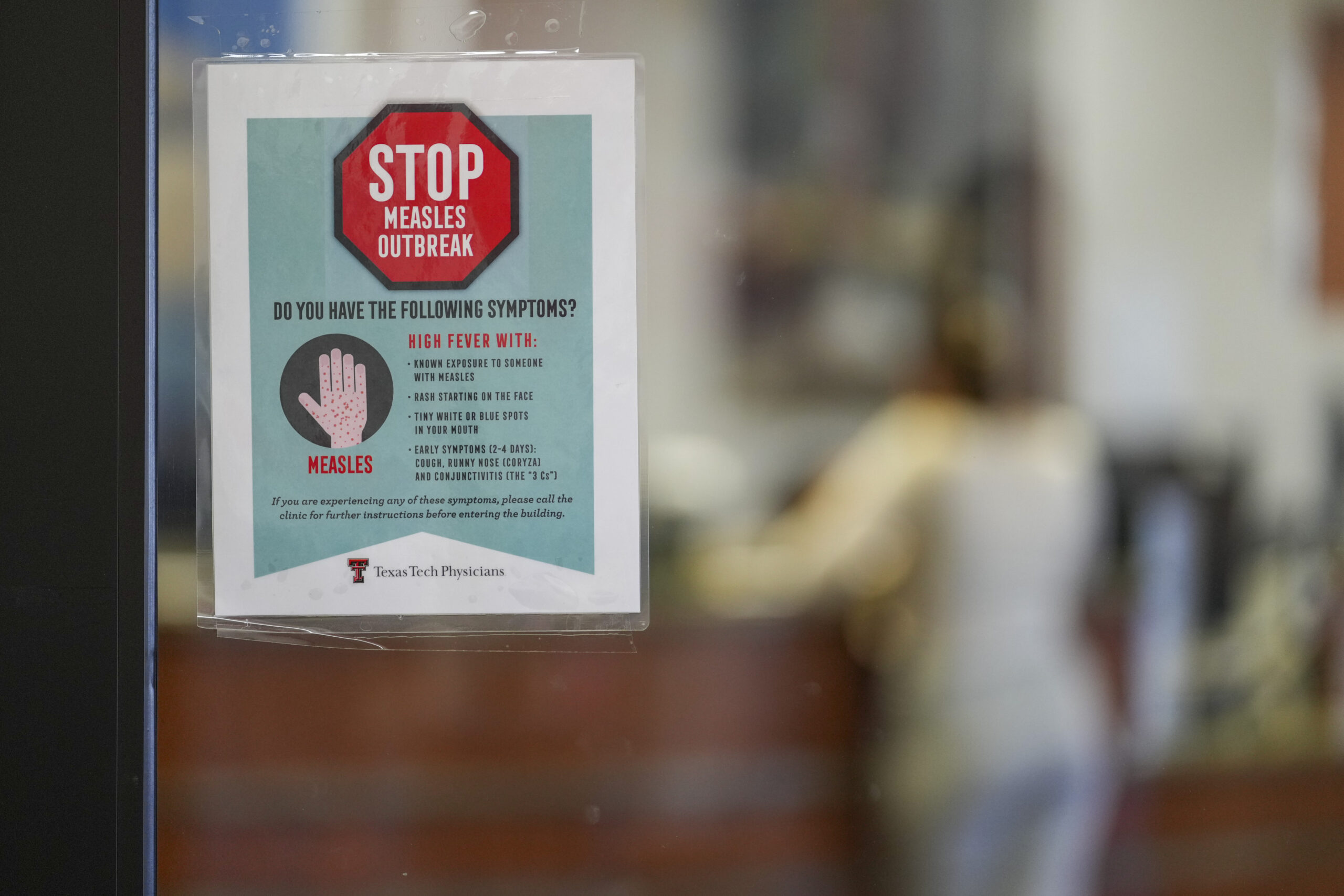“Test, trace, isolate.” The often-heard phrase provided a way to corral COVID-19 in the early days of the pandemic. While still highly effective and recommended strategies, vaccines have bolstered the response to the ongoing health crisis.
But as the pandemic drags on, these public health recommendations — and public health officials — have come up against their own challenges.
The highly contagious delta variant is leading to a spike in cases not seen since last winter. With more cases, the need for contact tracing is ramping up — amid a shortage of public health workers.
News with a little more humanity
WPR’s “Wisconsin Today” newsletter keeps you connected to the state you love without feeling overwhelmed. No paywall. No agenda. No corporate filter.
Dr. Ryan Westergaard, chief medical officer of the Wisconsin Department of Health Services, said health departments across the state are “in a bit of a surge mode,” when it comes to contact tracing.
Local health departments are prioritizing high-risk environments, telling people who test positive for COVID-19 to call people they’ve been in contact with and using technology to leverage outreach, he said.
Health departments around the state are asking for help alerting those who might have been in contact with someone who tested positive for COVID-19.
In Pierce County, more than 50 school children have tested positive since the start of in-person classes Sept. 1. Five residents of the northwestern Wisconsin county were hospitalized in the past week alone.
“We don’t know if this is the peak or the tip of the iceberg for Pierce County. We’re doing our best to keep up with the illness spreading in our community, but we need help from schools, businesses, individuals and elected leaders to be successful this fall,” said AZ Snyder, Pierce County health officer in a statement.
With more new infections than staff can get to, the health department is prioritizing cases for contact tracing: Those under age 18 and those that work or reside in long-term care or other congregate settings.
Meanwhile, Marathon County is trying to hire more contact tracers. Officials say the local health department’s COVID-19 response teams are “critically over capacity.”
“You do not need to hear from the Health Department in order to begin isolation if you have a positive test or begin quarantine if you know that you are a close contact of someone who has COVID-19,” advised health officials in a release.
But as pandemic fatigue grows, the level of public cooperation to test, trace and isolate is uneven and nonexistent in some cases.
“I think one of the issues we have in Dane County and across the country is we have this undertone of voices telling people not to report their (positive COVID-19) cases,” said Kim Whitmore, a Public Health Madison & Dane County Board of Health member. “We see this in sports teams or schools where they don’t want documentation of outbreaks or closures in their areas.”
“No one ever expected it to last this long,” Whitmore continued. “We should be supporting our public health departments, not trying to tear them down.”
As of Sept. 1, 29 percent of residents had downloaded the Wisconsin Exposure Notification app which has faced criticism about its effectiveness along with similar digital contact tracing apps.
Wisconsin Public Radio, © Copyright 2025, Board of Regents of the University of Wisconsin System and Wisconsin Educational Communications Board.

